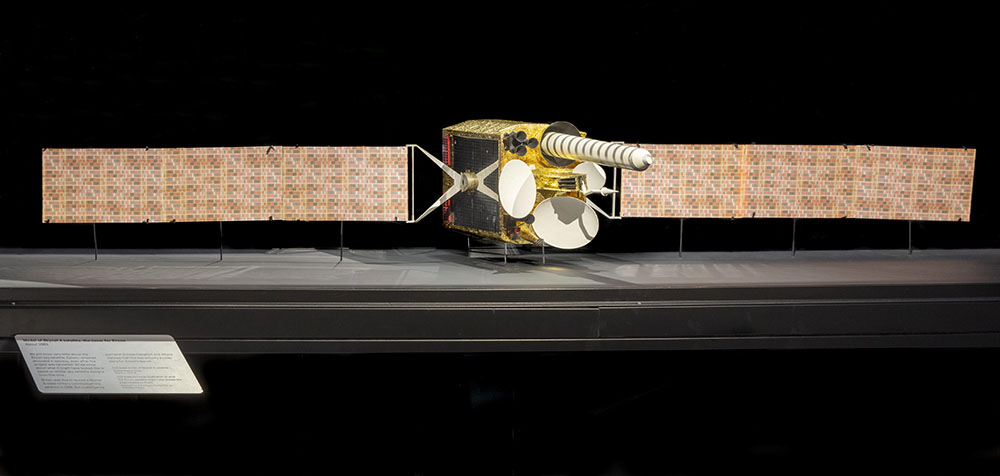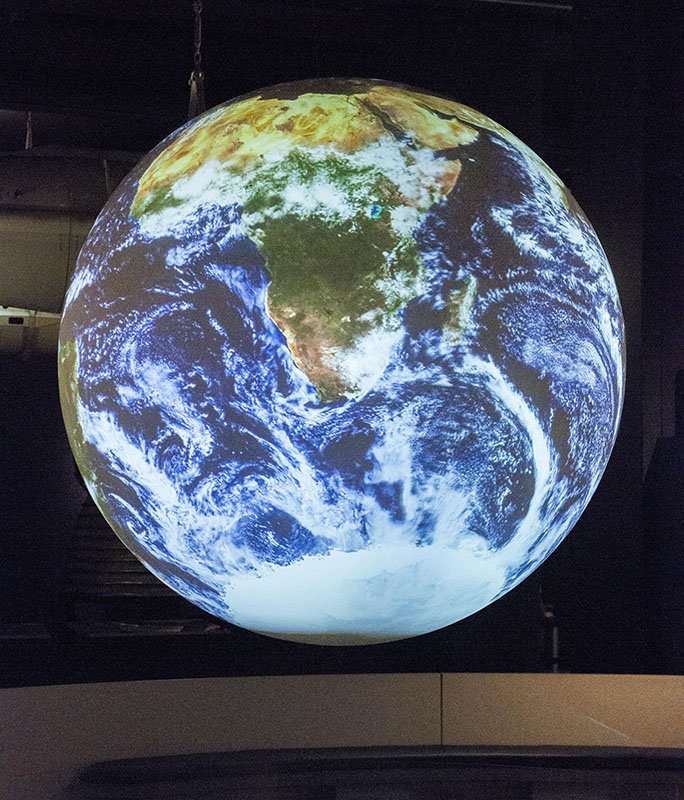The first satellite to successfully launch from Earth and to be placed into the planet’s orbit was Sputnik 1 in 1957. The launch of the Sputnik Program is what inspired several countries to consider using satellites as a tool for espionage. The earliest spy satellites would be placed in a low orbit so that they could collect information about military and civilian operations in other countries.
The earliest of these spy satellites—or reconnaissance satellites, as they were also known—gathered information using photographs. The satellites would take a photograph, then eject the canisters containing the film, which would float back down into Earth’s atmosphere and were retrieved mid-air. As technology advanced over time these satellites became more sophisticated, using digital imaging systems which are downloaded via encrypted radio links.
However, not all these spy satellites were a success. Zircon was the name of a British spy satellite aimed to launch in the 1980s, during the Cold War. It was designed to listen in to secret radio messages between members of the Soviet Union that could not be intercepted by ground-based listening stations.
Not much is known about Zircon—including what it would have looked like. We can assume it would have looked like a Skynet satellite model like the one shown below, as the launch of Skynet IV, a genuine satellite programme, was used as a cover the during the development of Zircon.

Due to Zircon’s cover being blown thanks to the work of investigative journalist Duncan Campbell and others, it was cancelled, and the project was never completed. The Zircon model is currently on display at the National Science and Media Museum as part of our exhibition Top Secret: From Ciphers to Cyber Security (open until 5 June 2022). Don’t miss the chance to see it and learn lots more about the history of espionage.
Outside spying, one of the most common uses for satellites was—and still is—to broadcast television.
Satellite TV has been around since the 1960s, allowing us to watch a variety of shows, films, news stories and everyone’s favourite… adverts! These services are transmitted from a broadcasting station on Earth to a set of satellites. The signals are then returned to Earth and are picked up by a satellite dish, like the one below.

Today, more and more of us are watching television via the internet or on-demand streaming services like Netflix or Disney+; with these, the information is transmitted via the internet as data rather than digital signals. But we still use satellites to transmit signals from broadcasting stations, which are either received by a network of fibreoptic cables or wireless connections.
You can learn more about the history of British television and broadcasting, and even watch some iconic British TV moments, in Experience TV on Level 3 of the museum.
One of the most fascinating uses for satellites is as a tool for space exploration. At this point in history, we have only been able to send humans as far as the Moon, but satellite telescopes and probes can travel even further into space.

Satellites like the Hubble Space Telescope (above) have allowed humans to explore not just the planets in our own solar system, but many distant galaxies, stars, and exoplanets within our universe. On Christmas Day 2021 NASA launched their latest telescope, the James Webb Space Telescope, designed to be the successor to the Hubble which was launched in 1990. NASA is hopeful that with the advanced technology of the James Webb Space Telescope, we will be able to learn even more about our universe and make new discoveries soon.
If you’d like to learn more about our solar system, visit Wonderlab on a weekend—our Explainers will be happy to take you on a tour of the solar system on our Science on a Sphere model. All the images shown on the sphere are provided by NASA from their various satellite telescopes.

Top Secret: From Ciphers to Cyber Security is at the National Science and Media Museum from 11 February to 5 June 2022.